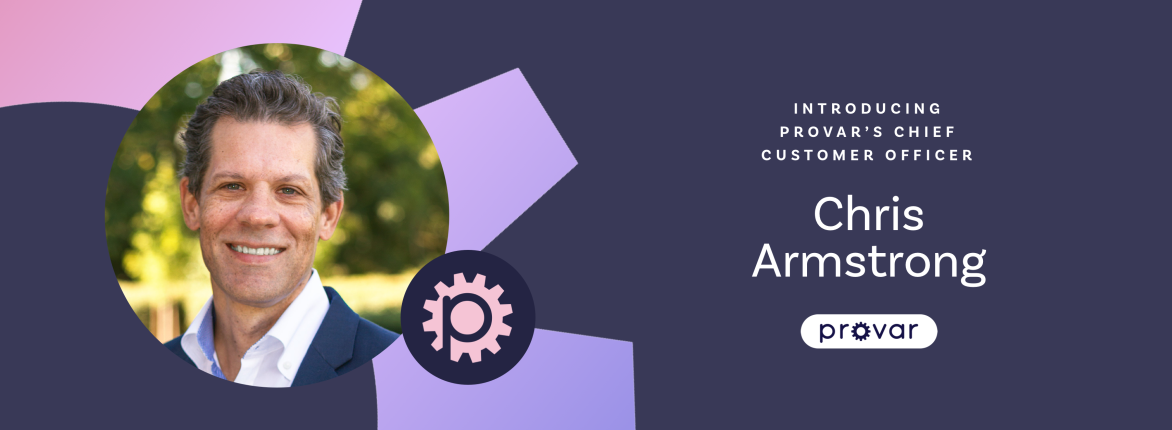Written for TechBeacon by Jon Robinson
Continuous testing can significantly improve time to market, but what effects does doing so have on the rest of your organization?
When adopting a new architecture or process for software development, the organizational requirements are just as important as the technical ones. So if you want to succeed in implementing continuous testing in your organization, take into account your timing and your team, and create a solid plan.
Here’s what you need to know before taking the leap into continuous testing, and best practices for when you do.
Timing considerations
To determine the optimum timing for implementing continuous testing (CT), you must consider a range of factors, but these three are the most important:
- Where you’re at in your delivery pipeline process
- The infrastructure you have in place
- Your current and future business needs
The delivery pipeline process
Two key components of delivering value from your CT pipeline are to have a way to drive the execution of those tests and a way to tie the outcome of a build to the test results. While you can start creating CT-based tests in the early development stages, if you don’t have a continuous integration (CI) pipeline within which to execute them, you won’t get the full value.
Given that implementing a CI pipeline for your delivery process is a large effort in and of itself, make sure it is either completed first or is in the final stages of development. Jumping the gun in this area can result in…









